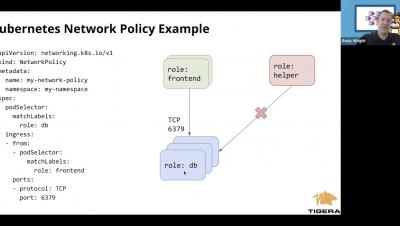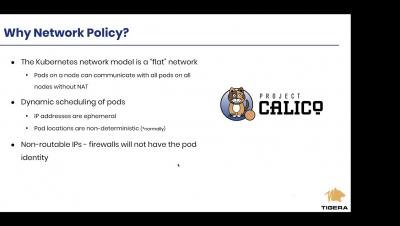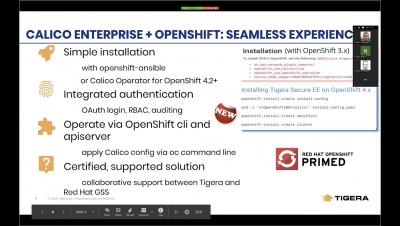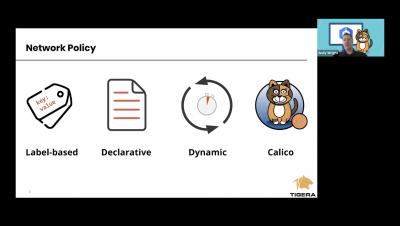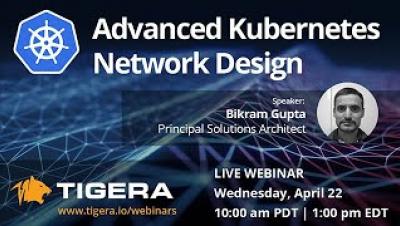Operations | Monitoring | ITSM | DevOps | Cloud
Tigera
Calico and K8s Network Policies - An Overview and Comparison
How Calico Networking Works in OpenShift
How to Implement Network Policy in Amazon EKS to Secure Your Cluster
Deploying to Kubernetes: The GitOps Way
Kubernetes adoption comes with a lot of challenges. One of them is consistently deploying applications to the platform. GitOps is a strategy which solves this problem and solves it at scale. In this blog, we will share how to leverage TravisCI and ArgoCD to design a highly scalable production-ready CI/CD workflow.
Advanced Kubernetes Network Design
Designing On-Prem Kubernetes Networks for High Availability
Designing and maintaining networks is hard. When deploying Kubernetes in your on-prem data center, you will need to answer a basic question: Should it be an overlay network on top of an existing network, or should it be part of an existing network? The Networking options table provides guidelines to choose the right type of networking based on various factors.
Kubernetes Threat Intelligence: Detecting Domain Generation Algorithms (DGA)
Introducing the Calico eBPF Dataplane
eBPF is a hot topic right now; most of the infrastructure-focused conferences and events have included talks on eBPF over the past year, which is creating a lot of interest in the technology. You might be wondering what eBPF is. eBPF stands for “extended Berkeley Packet Filter” which is a feature in modern Linux kernels that allows you to write mini-programs that are attached to low-level hooks in the Linux kernel, that execute based on certain events (e.g. filtering network traffic).
Why use Typha in your Calico Kubernetes Deployments?
Calico is an open source networking and network security solution for containers, virtual machines, and native host-based workloads. Calico supports a broad range of platforms including Kubernetes, OpenShift, Docker EE, OpenStack, and bare metal. In this blog, we will focus on Kubernetes pod networking and network security using Calico. Calico uses etcd as the back-end datastore. When you run Calico on Kubernetes, you can use the same etcd datastore through the Kubernetes API server.


